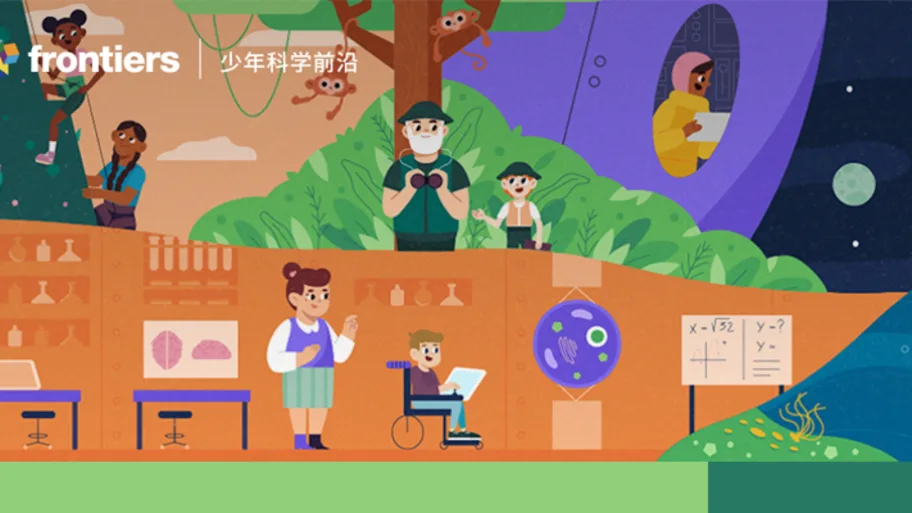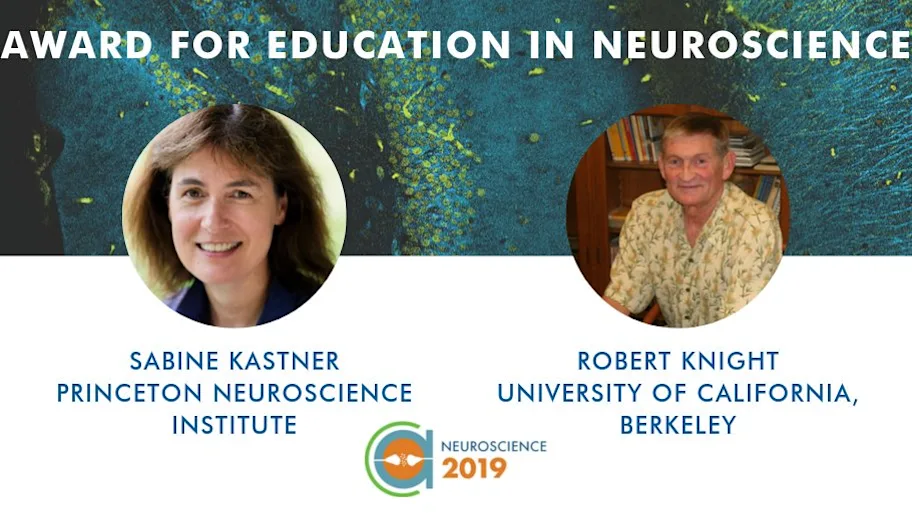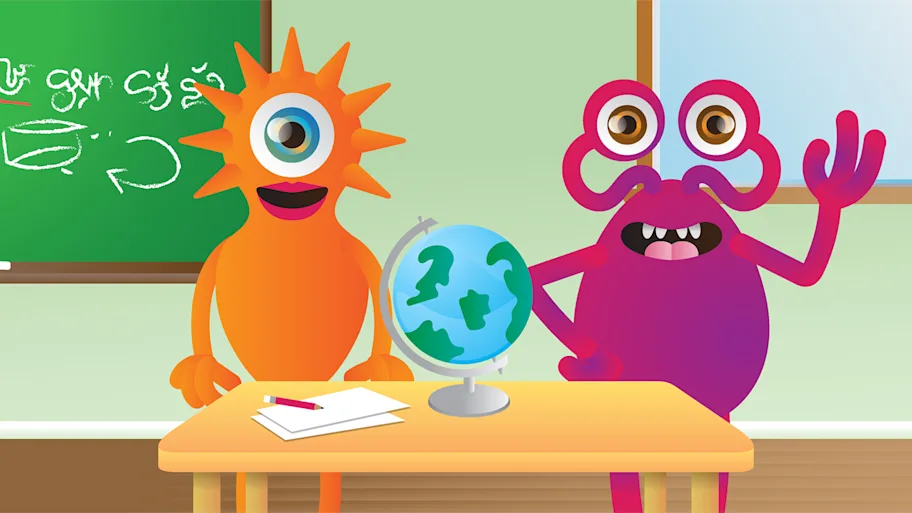
- Science news
- Young Minds
- Using Frontiers for Young Minds Articles in Your Classroom
Using Frontiers for Young Minds Articles in Your Classroom

Frontiers for Young Minds depends on the input of students to make its articles the best that they can be, but what about after they are published? We wanted to make sure that our articles were free to access and easy to use by as many people as possible – especially teachers. Read below to find out more about how to make the most of this free resource for your classroom.
Did you know that all Frontiers for Young Minds articles are free to use?
All Frontiers for Young Minds articles are published using a Creative Commons CC-BY license – so what does that mean for you? That means that the content of our articles – both text and images – are free to access, download, and reproduce in your educational materials. The only requirement is that you provide a clear citation that references the Frontiers for Young Minds publication as the original . We are excited for teachers to use articles as part of their handouts, worksheets, and class activities.
How can you find articles that are useful for you?
Our journal is currently publishing articles in six subject areas, but we will continue to expand into new disciplines as we grow. Using the filters on our Articles Page, you can find content related to:
Neuroscience
The Earth and its Resources
Astronomy and Space Science
Health
Biodiversity
Mathematics
You can also use our keyword search function to search for articles across our subject areas, making it even easier to find the articles most relevant to your curriculum.

What are some ideas for activities with Frontiers for Young Minds articles?
Frontiers for Young Minds articles highlight vocabulary and concepts for students, but they can also be used for much more than a reading exercise. Some examples teachers have shared with us include:
Start a debate! Use an article about patient decisions in brain research, impacts on the environment, or factors that lead to reckless behavior as a springboard for discussion. Split the class into groups and see what unique solutions or compromises they come up with for today’s scientific challenges!
Use an article as context to introduce a new type of graph or figure! Rather than just learning about how to plot data on a certain set of axes, students can discuss why certain visualization methods make it easier or harder to understand what a set of data is actually able to show.
Have a mini-conference! Break students into groups and have each group work together to understand one of a set of articles. Then each group can present their article to the class and field questions about it from their peers.
Design a follow-up experiment! After the class reads an article, have them come up with ideas of what could be studied next. Come up with experimental designs and share the proposals with their peers!
We are sure that you also have great ideas about how to use Frontiers for Young Minds in your classroom, and we would love to hear how it went!
Share your stories with us at kids@frontiersin.org






